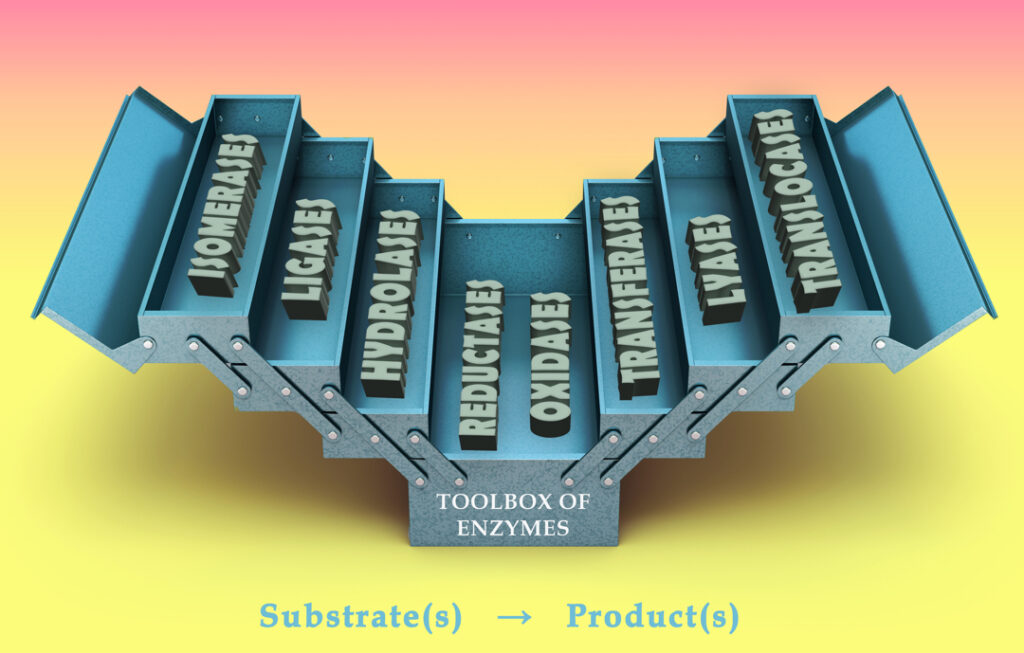Enzyme Toolbox
We have a special interest in enzymes with inherited stability. We believe they offer a better starting point to advance the implementation of biocatalysis on large scale. While extremophilic microbes which have adapted to life in peculiar environments offer an excellent source of biocatalysts, we are also looking at mesophilic organisms which, for less clear reasons, also offer particularly stable enzymes.
We identify new enzymes by a combination of genomic database scanning and in-silico modelling to handpick possible good hits exploiting our understanding of structural features which induce stability. Mutagenesis is of course also a very powerful tool to increase stability (quaternary structure stabilisation is key) and of course enzyme immobilisation.

